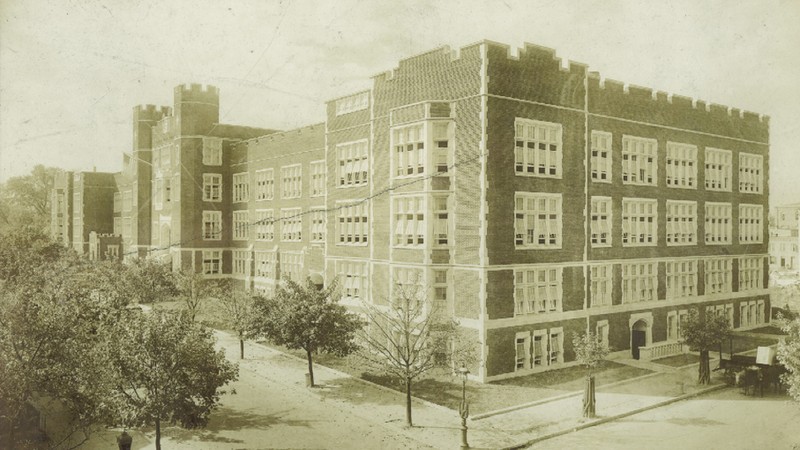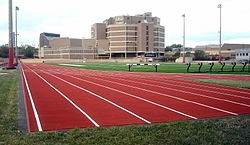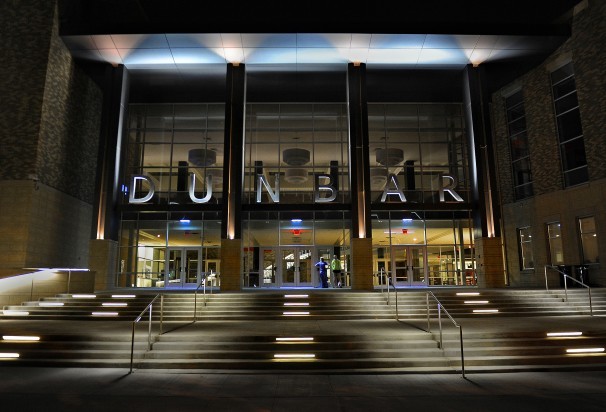Paul Laurence Dunbar High School
Introduction
Text-to-speech Audio
Images
The old Dunbar High School

Dunbar High School and field

The new Dunbar High School

Backstory and Context
Text-to-speech Audio
When it was founded as the nation's first high school for Blacks in 1870, Dunbar High School was located at the Fifteenth Street Presbyterian Church in Washington D.C. and was known as the Preparatory High School For Colored Youth. The aggressive academic program at the school was well known, and many Black families moved to Washington D.C. simply to send their children to the school. Within a few years of its establishment, many of the faculty members were African American, and were well paid for the time. The goal of school leaders was to prepare the students for higher education at colleges and universities. During the era of school segregation, leadership was very successful in achieving these goals, with about two thirds of each class that graduated from Dunbar going on to a college or university like Howard, Harvard or Yale.
In 1916 the school moved from its second location on M Street, where it was know as the M Street School, to its present location on New Jersey Avenue. It was at this time that the name changed for the third time to Paul Laurence Dunbar High School, named after the African American poet Paul Laurence Dunbar. Dunbar High School produced several notable graduates over the years, such as the first Black man to graduate from Harvard, Richard T. Greener. The first Black presidential cabinet member was also a graduate of the school, as well as Carter G. Woodson, who lived for a time in Huntington, W.V. and is often called the Father of Black History.
Being a Black high school during the era of segregation, Dunbar struggled constantly with funding. School facilities, especially the athletic facilities, were inadequate. Teachers were in short supply, and classrooms were crowded and/or poorly maintained. In the 1960s, D.C. schools, along with Paul Laurence Dunbar High School were desegregated. It was after this time the school began to face its rapid decline. As of 2010, Dunbar High School was still predominantly African American, however less than 30% of its students met the standards for reading, and even less than that met the area standards for math.
